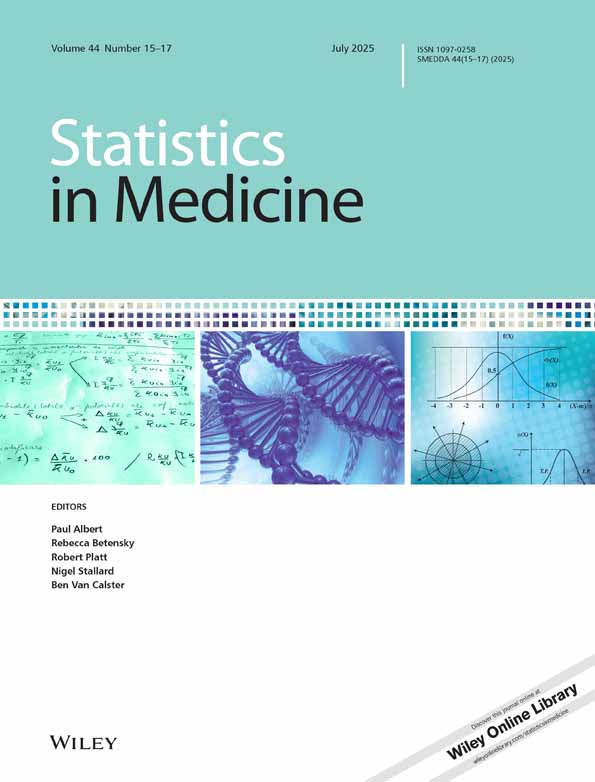A shared frailty model for case-cohort samples: Parent and offspring relations in an adoption study
Abstract
The Danish adoption register contains data on the 12 301 Danish nonfamilial adoptions during 1924–1947. From that register a case-cohort sample was selected consisting of all case adoptees, that is those adoptees dying before age 70 years, and a random sample of 1683 adoptees. The survival data of their biological and adoptive parents were collected with the purpose of studying the association of survival between the adoptee and his/her biological or adoptive parents. Motivated by this study, we explored how to make inference in a shared frailty model for case-cohort data. Our approach was to use inverse probability weighting to account for the sampling in a conditional, shared frailty Poisson model and to use the robust variance estimator proposed by Moger et al. (Statist. Med. 2008; 27:1062–1074).
To explore the performance of the estimation procedure, a simulation study was conducted. We studied situations with three types of covariates: one with equal values between families (e.g. generation in parent–offspring pairs), an individual covariate, and one with equal values within each family (e.g. family size).
The estimation of the frailty parameter tended to be unbiased; however, a small bias was seen for rare causes of death. The estimation of variance was unbiased when covariates were individual or equal within families, but some overestimation was seen when the covariate was equal between families. As in the earlier analyses, we found that there was a moderate genetic influence on the mortality rate, especially from all causes of death and vascular causes, and we found no effect of familial environment. Copyright © 2010 John Wiley & Sons, Ltd.




